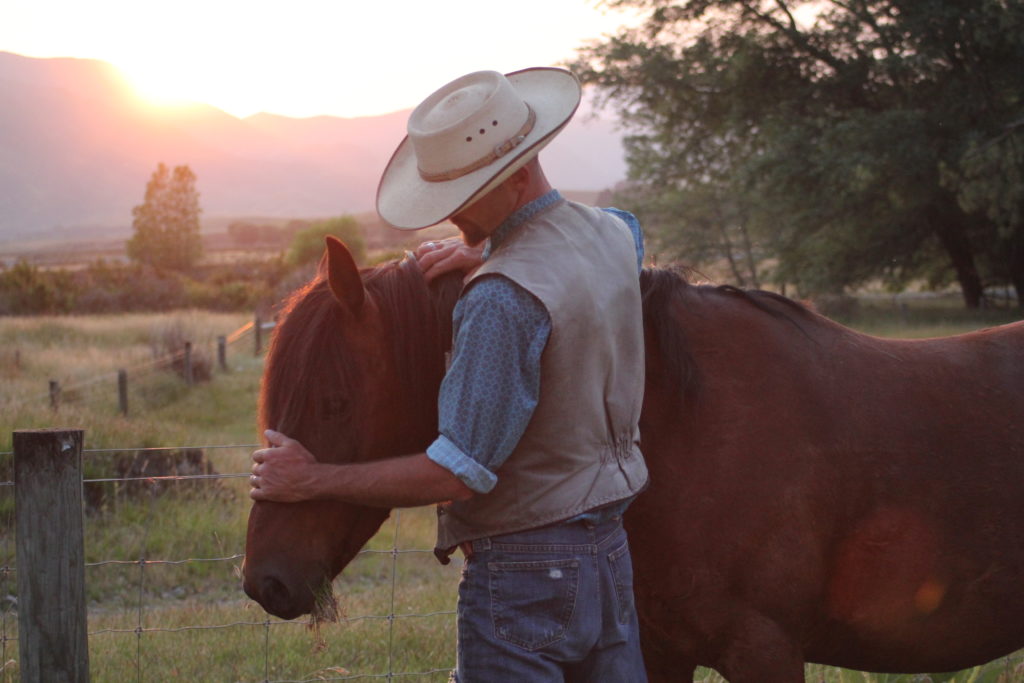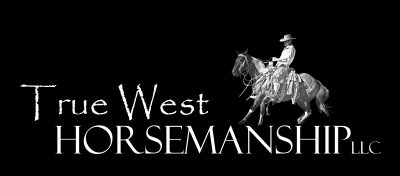Working with horses, as with anything, gains better results through better understanding. True horsemanship, working in a safe manner by building trust and respect and studying the way horses think and behave, requires comprehending many principles from the perspective of the horse.
Their own personal safety is a horse’s main priority, ranking higher even than eating, which comes in a close second. Everything about their physical makeup is created for survival, from their sharp eyesight and hearing to their flight instinct that can be triggered in a fraction of a second. Because flight is the primary defense mechanism to stay safe and safety is their first priority (and the feet are necessary for this reaction), there is a solid connection between the feet and the mind of a horse.
In working with horses and attempting to “do what we do”, whatever our goals, discipline or purposes are, it is possible to miss this feet/mind connection and simply tell the horse where to go and how to do it. This focus on accomplishing criteria in the physical is all many people think about when it comes to working with their horses and the majority of the time the horse is cooperative enough to go along with things. But the mental/emotional side of the horse in each situation actually has far more bearing on many aspects, including our safety and the horse’s willingness to learn and progress.
In order to have a working relationship built on trust, we must understand this feet/mind connection and its relationship to the equine’s need for leadership. This need is directly correlated to the requirement for safety as well and is naturally provided for in the herd setting – that is, until we remove them from the herd and want them to interact with us in a safe, trusting manner. Without some understanding on both sides, we may not be communicating with the leadership the horse needs when removed from his buddies or comfort zone.
When frightened, a horse’s mind is naturally set to be “reactive” – instinctive, instant reaction if troubled. This is where humans can get in trouble. The horse perceives danger and reacts, usually far faster than we can adjust and that is when we get hurt. The main key to improve this kind of behavior is to give the horse another option by teaching his mind to “respond” – listening to our cues and staying “with” us in spite of perceived danger (see my article in the Aug/Sept issue of Western Horse UK). We do this by building trust and respect, helping them learn to be brave by finding relief through responding to us and by consistent, clear communication.
Horses communicate through body language and the hierarchy of the herd is determined through this medium. This can be as subtle as the twitch of an ear or as forceful as a double-barreled kick, whatever it takes to get the point across. Humans also communicate a great deal through body language, though almost all of it is unconscious. Because of this it can take quite a significant amount of time and focus to learn how to intentionally communicate this way. Many people shortcut the process and use more flag, stick or lead rope twirling than actual body language and in this way never really grasp how effective it can be because of the horse’s natural comprehension – they wrote the book on body language!
The way I think of body language and the terms I use to teach and describe the concept are Position, Life and Space. This is really a subject for an entire article in itself, but I will offer some definitions here. The principles of body language are applicable both in our groundwork and under saddle, the main difference of course being the significant change in our position from the ground to the saddle.
“Position” has to do with where we are at in relation to the horse, taking into account where the balance point is along the shoulder that is natural to all herd animals. On a more subtle note, it includes the direction we face – when we are consistent with where we direct our intention, it can become a very effective part of our communication.
“Life” or energy could be summed up by noise or movement that would cause the horse to want to make a change in what he is doing, whether that is to go or stop, speed up or slow down, move left or right or forward or back. It can include verbal cues that can be effective when used consistently. There can be also tempo or rhythm to our Life just as horses move with rhythm, which can be a subtle and extremely effective part of our communication if we can get a feel for it.
“Space” is primarily dealt with in our groundwork and refers to our personal space and how we use it to direct the horse and stay safe ourselves. It works in conjunction with Life to help a horse be more aware of us and move away from us when asked. It is important to not eliminate our space when asking the horse to move away – this can be especially easy with a quieter horse and only leads to them being even less aware of our personal space. We only have so much Space (and so much we can do with our Life), so it is crucial that we use it sparingly but effectively.
As we become more fluent in this language then we can direct the horse’s feet in specific ways, using pressure and release with the proper timing to engage their minds (there is the feet/mind connection) in the choice to cooperate. If we take the time and are willing to change our focus, we can begin to interact more with the mind, setting things up and letting them find it, and the feet will follow. This is a big piece of the puzzle that teaches them that they can trust us with their mobility, which is the same as putting their lives in our hands. This foundational connection is vital to all further training if you want a horse that is willing and safe both on the ground and under saddle.


